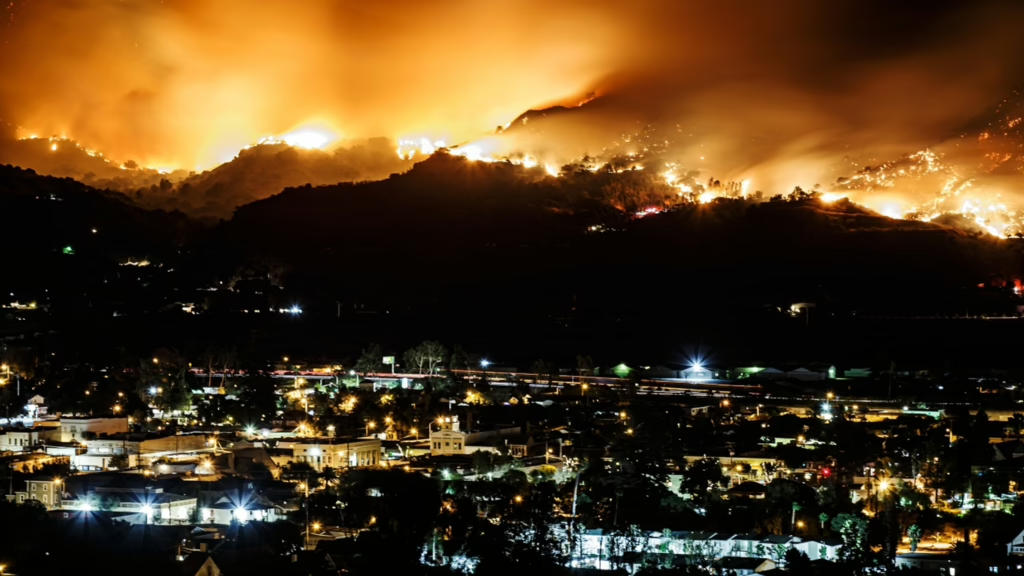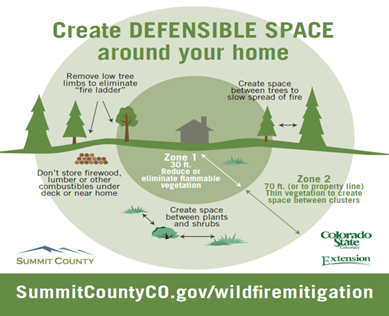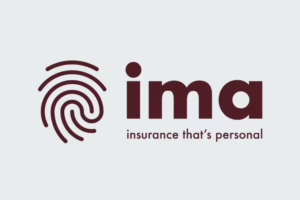
The Growing Financial Strain of Wildfires in California
California’s wildfires are not just a threat to communities and ecosystems—they are also exposing major weaknesses in the state’s financial preparedness and insurance system. The increasing frequency and severity of these fires have left the California FAIR Plan, the state’s insurer of last resort, struggling to keep up with the demand for coverage. Without urgent policy intervention, California could face an insurance market collapse that would leave homeowners and businesses without protection when they need it most.
A Financial Shortfall That Spells Trouble
California’s wildfire crisis is escalating. The 2020 fire season alone burned 4% of the state’s land area, and between 2018-2022, over 8.7 million acres were scorched across 43,843 wildfires. Since 2017, total wildfire damages—including both insured and uninsured losses—have exceeded $30 billion, with recent estimates from the Los Angeles wildfires alone reaching $20-$30 billion. AccuWeather projects total economic losses from California wildfires to surpass $250 billion, considering both direct and indirect impacts. With wildfires growing more frequent and severe, the financial burden on homeowners and the FAIR Plan is unsustainable.
The California FAIR Plan’s total exposure hit $458 billion in 2024, a staggering 61.3% increase from the previous year. Despite this, the plan’s financial surplus remains at just $200 million—a fraction of what is required to cover even a single major disaster.
The FAIR Plan lacks the financial resources to handle a large-scale event. Private insurers, seeing the rising risk, have been exiting the California market, leaving even more policyholders reliant on a plan that is financially unprepared for future disasters.
Coverage Under the California FAIR Plan
Pacific Palisades is one of the most expensive housing markets in the USA, with an average home value of approximately $3.4 million, according to Zillow. A substantial number of homes exceed $3 million in value, meaning many homeowners in the area may find their properties underinsured due to the FAIR Plan’s coverage cap.
The California FAIR Plan provides basic coverage for homeowners who are unable to secure insurance from traditional providers. However, its policies come with significant limitations, particularly for residents in high-risk areas such as Pacific Palisades.
What Does the FAIR Plan Cover?
Coverage Limits – The FAIR Plan imposes strict coverage caps, with a maximum coverage limit of $3 million per policy. This presents a significant challenge for homeowners in high-value areas like Pacific Palisades, where the cost to rebuild often far exceeds these limits.
Optional Difference in Conditions (DIC) policies that supplement standard policies may not include the peril of fire.

Key Shortfalls for Pacific Palisades Homeowners
- No Coverage for Additional Living Expenses – Unlike standard homeowners’ insurance, the FAIR Plan does not automatically include coverage for temporary housing costs if a home becomes uninhabitable due to fire damage.
- Coverage Caps Leave Many Homes Underinsured – Pacific Palisades is home to multi-million-dollar properties, but FAIR Plan policies often cap dwelling coverage at levels far below the replacement cost of these high-value homes.
- High Premiums with No Guarantee of Full Coverage – Due to increasing wildfire risks, policy premiums have risen sharply, yet coverage remains limited, requiring many homeowners to seek costly supplemental policies.
The Eaton Fire and the FAIR Plan’s Struggles
The Eaton Fire, which ignited near Altadena, burned over 14,000 acres, and destroyed 9,000 structures, exposing the FAIR Plan’s limitations. Around 12% of affected properties were insured under the FAIR Plan, representing $800 million in exposure. The growing frequency of such catastrophic fires raises concerns about FAIR Plan solvency and the state’s ability to insure high-risk communities in the future.
What Can You Do? – A Risk Management Approach
An effective way to protect your home from wildfires is by creating a defensible space—a buffer between a structure and surrounding vegetation that slows the spread of fire. This space increases the likelihood that a home will survive a wildfire and provides firefighters with a safer area to defend the property.

✅ Zone 1 (0-5 feet from home): Remove all dead vegetation, keep roofs and gutters clear of debris, and use non-flammable landscaping materials like gravel.
✅ Zone 2 (5-30 feet from home): Space out trees and shrubs, prune branches at least six feet from the ground, and store firewood away from the house.
✅ Zone 3 (30-100 feet from home): Reduce dense vegetation, create breaks in plant life to slow fire spread, and keep grass mowed short.
By implementing these defensible space strategies, homeowners can significantly reduce their wildfire risk while enhancing the effectiveness of firefighting efforts.
Recommendations to Strengthen California’s Wildfire Insurance and Financial Resilience
Given the California FAIR Plan’s $200 million surplus is drastically insufficient to cover billions in potential wildfire losses, policymakers must take immediate action to prevent an insurance market collapse and ensure financial resilience in disaster response.
- Establish a state-backed reinsurance fund.
- Expand FAIR Plan surplus requirements.
- Incentivize private insurers to stay in the market.
a. Offer tax credits or subsidies to private insurers to underwrite policies in fire-prone areas. - Improve post-wildfire recovery and financial assistance.
a. Streamline insurance claims processing to accelerate payouts after a disaster.
b. Anticipate logistics and capacity issues and partner with other states to assure those in need get answers quickly. - Create a state-backed emergency loan program for wildfire victims.
The Path Forward
Without urgent action, California’s insurance crisis will only deepen, leaving homeowners uninsured and the state exposed to massive financial risk. By strengthening the FAIR Plan’s financial stability, retaining private insurers, and investing in proactive wildfire prevention strategies, California can ensure that residents and businesses have the coverage they need when disaster strikes.
If history is an indicator, the Feds will bail California out of this crisis. That means me living in Hudson, MA is subsidizing their loss. I’m OK with that, but we should have a better plan.
This is obviously my 20/20 hindsight view of the situation. It is an integral part of the risk management process. Review what went wrong, assess, and prevent or mitigate a recurrence. I hope we learn from the experience and my sincerest best wishes to those that endured it.
The time for action is now. What steps do you think California should take to address this crisis?
– Steve Ryan, no one asked, just my opinion







